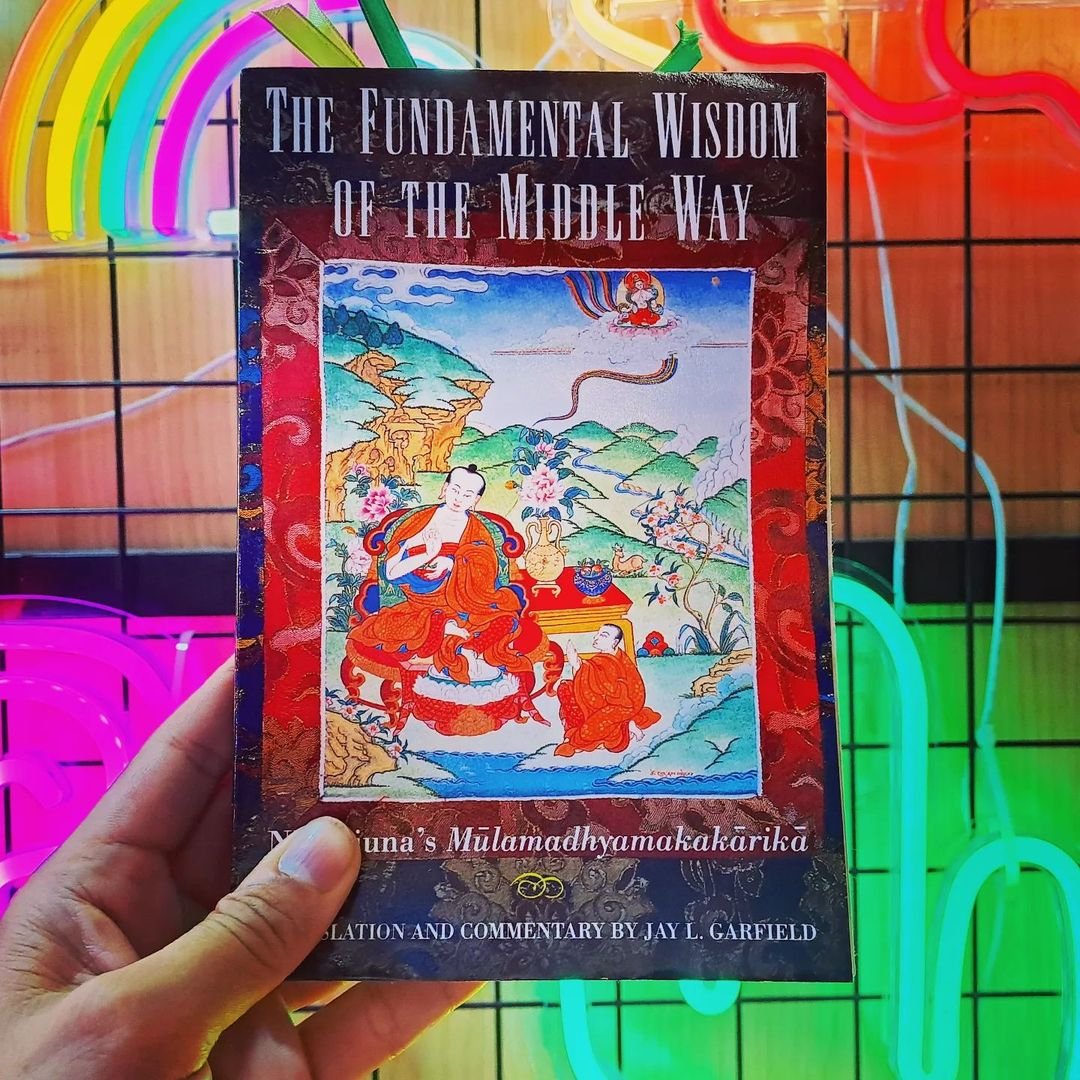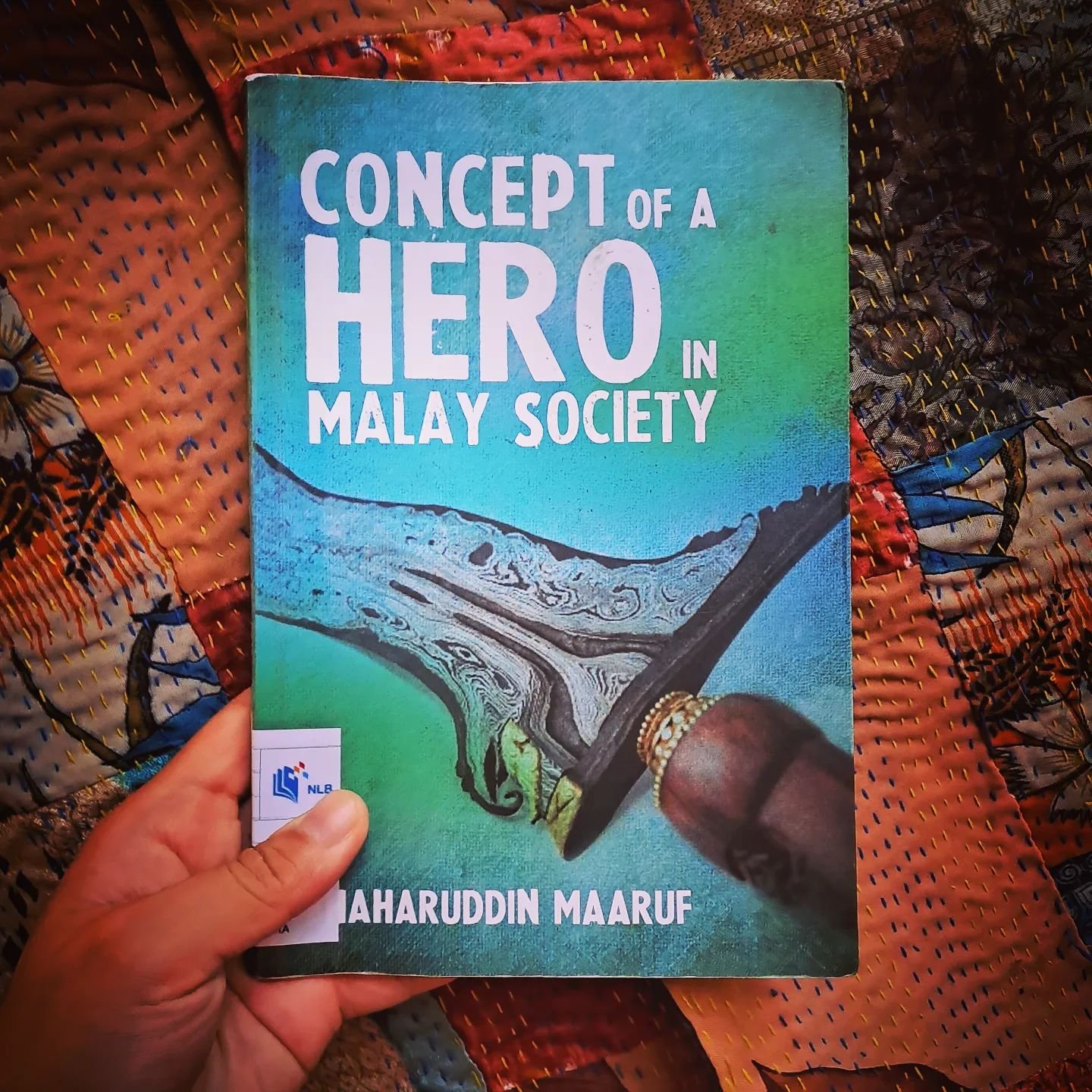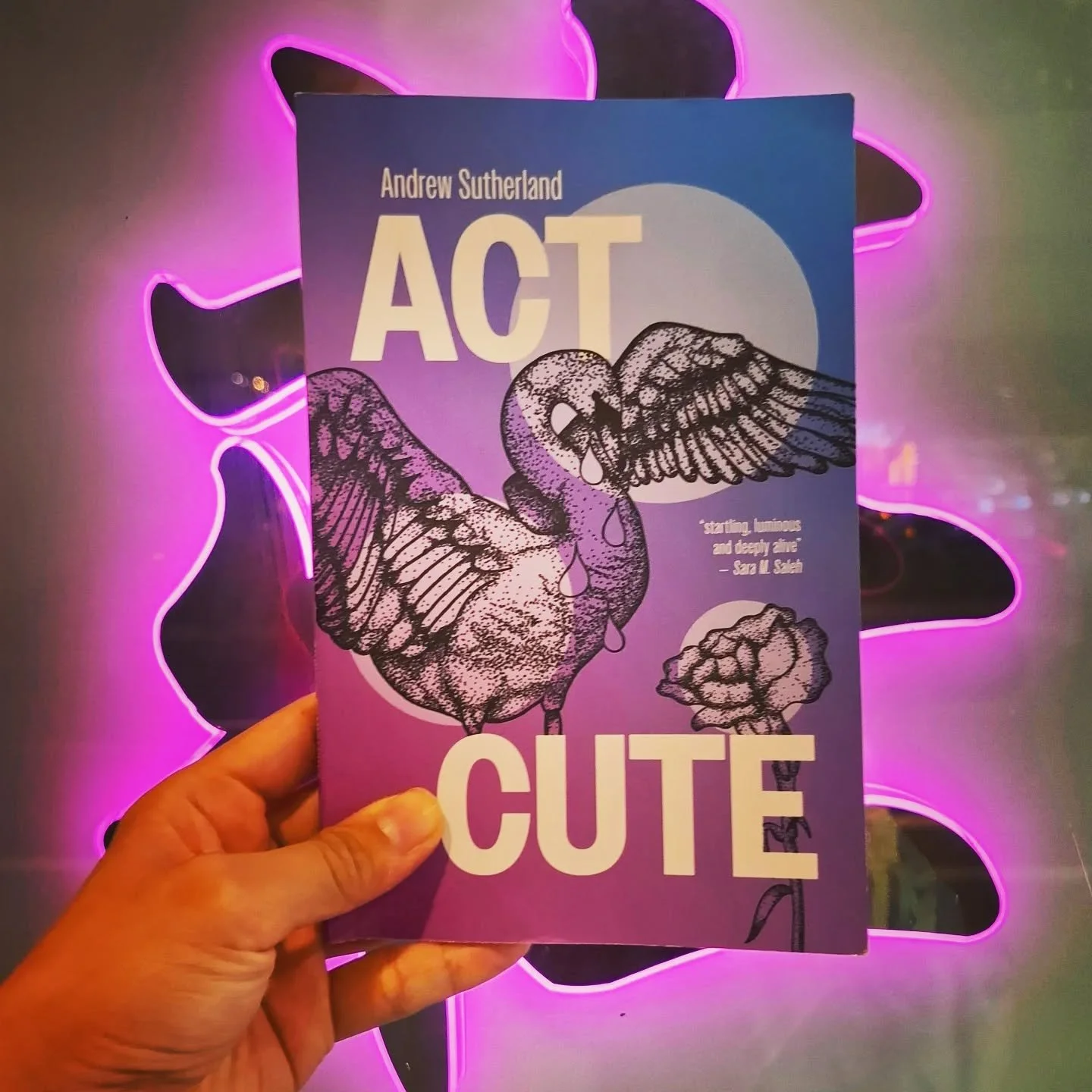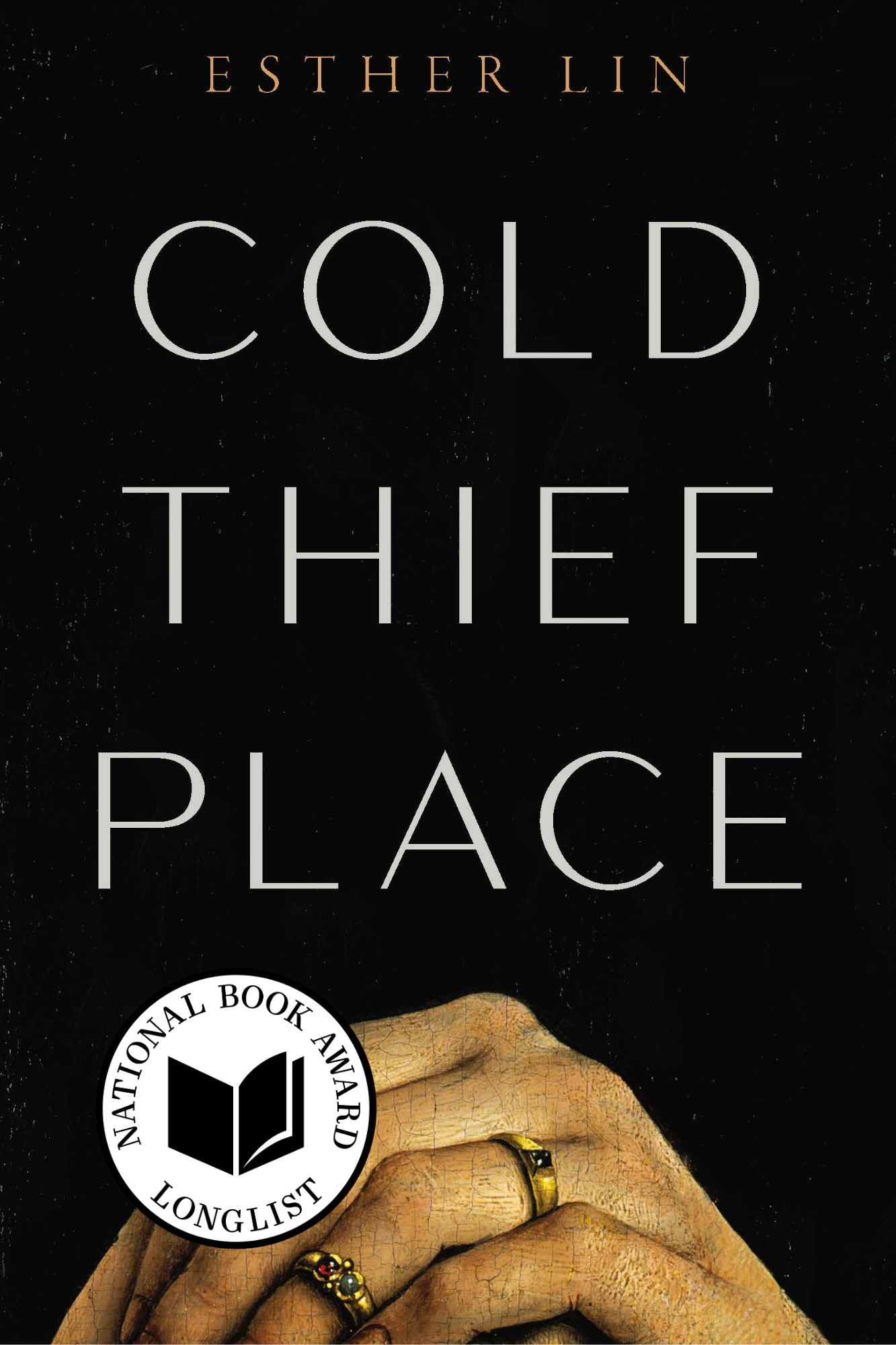#YISHREADS September 2022
By Ng Yi-Sheng / @yishkabob
This month, I’m once again looking at Asian classics, but not necessarily as objects of praise! Just because a work is published early, and is influential and groundbreaking in its time, doesn’t mean it’ll be great reading—of the following, I’d only recommend Nick Joaquin’s Cave and Shadows to the casual bookworm. (I’d actually hoped to feature the first Vietnamese book of this column, Võ Nguyên Giáp’s People’s War, People’s Army, only to discover it was dull as ditchwater.[1])
What I can say of the books below is that they’re strange, provocative, and disorienting enough to make them fascinating as dialogues with the past. They include an ancient Buddhist treatise, an Indonesian interracial romance, and the autobiography of a former child slave, plus two works from the 1980s reflecting on how the pre-modern Southeast Asian past informs the turbulent postcolonial present.
I do, however, find that I’m constantly referring to texts from the Western canon in my reviews. And you know what? I make no apologies. Maybe the master’s tools aren’t the best at dismantling the master’s house, but when you’re trying to decolonise the mind, you’ve gotta start somewhere.
The Fundamental Wisdom of the Middle Way: Nāgārjuna's Mūlamadhyamakakārikā
Translated by Jay L. Garfield
Oxford University Press, 1995
This is one of the great philosophical classics of Mahayana Buddhism, and damn, it's a trip! Who'd've thunk that all the great reality-deconstructing skeptics of the Western enlightenment—Descartes, Berkeley, Wittgenstein—had been beat to the game by a South Asian scholar-saint from c. 150 CE?
Nagarjuna's text is koan-like and cryptic, made up of negation after negation—how can we prove any object exists; how can we say any aspect or condition exists; how can we believe cause and effect or time itself exists—culminating in song-like chants of rhetoricals: "Since all existents are empty/What is finite or infinite?/What is finite and infinite?/What is neither finite nor infinite?", interrogating even the notion of emptiness. It's logic taken to a nihilistic extreme, rejecting all reifications, reminiscent of Wittgenstein's Tractatus-Philosophicus, revealing the utter inadequacy of human language for capturing truth.
What makes Nagarjuna different from his counterparts in the Western tradition, however, (aside from metaphors of milk and curd, and the fact that there are six senses to doubt, rather than just five) is the fact that all his arguments are in the service of Buddhism. And while Descartes claims that a benevolent Christian God would never allow a demonic deceiver to delude all our senses, Buddhism's founded on these very principles that the entire world is maya, illusion—i.e. this work is soteriological (pertaining to salvation) cos it strips us of our attachments to the material world, even warning that the desire for liberation, too, is an unhealthy desire; positing that nirvana is nothing more than samsara from another point of view... I think? I'm oversimplifying, terribly, and/or misunderstanding, and I really don't get his explanation of why we still have to do good deeds if nothing's real.
My reading's been very indebted to the commentary of the translator—though the original's in Sanskrit, he's chosen to work from the Tibetan version, since the work's so crucial to Tibetan philosophy—and I'm very much helped by his references to Western philosophers, though I can't for the life of me remember what Hume thought. Makes me wonder if someone ought to do a Sophie's World to give everyone a primer on Asian philosophical traditions! There's just so much out there!
The Rose of Cikembang, by Kwee Tek Hoay
Translated by George A. Fowler
The Lontar Foundation, 2013
This is one of the most beloved examples of Peranakan Chinese literature of the Dutch East Indies—they were the loudest proponents of writing in the vernacular Pasar Malay, the ancestor of modern Indonesian, rather than Riau Malay—published in 1927, and adapted for film in both the 30s and the 70s. But classic or not, this novella is nuts.
It starts off with a forbidden-ish love story between Chinese plantation manager Ay Cheng and his submissive Sundanese mistress, Marsiti—their relationship isn't scandalous, but he's being pressured to drop her to marry a respectable Chinese girl—his dad points out that he can carry on bonking her on weekends if necessary. But just when you think it's going to be about the struggle of interracial love, abracadabra, Marsiti's disappeared and Ay Cheng's married to his new Chinese wife Gwat Nio, who's unbelievably understanding of his anguish... and in a soap opera turn of events, turns out to Marsiti's half-sister, cos her own Chinese dad was hooking up with Sundanese girls too, back in the day!
So this is gonna be a horrifying Faulknerian story about miscegenation and incest and the evils of the social order, right? Nope! We fast forward a generation to meet Ay Cheng and Gwat Nio's daughter Lily, who wastes away and dies to the dismay of her fiancé... who then discovers her doppelganger visiting a grave in the woods. That's right, Marsiti died and had a secret daughter, Rosminda, the titular Rose of Cikembang! We then get a Winter's Tale rip-off scene where everyone somehow thinks it's sensible to explain the whole situation to Ay Cheng and Gwat Nio by having Rose pretend to be a living statue of their dead daughter, then a Shaw's Pygmalion sequence in which Rose does a crash course in Chinese, Dutch and courtly manners so she can surprise everyone by marrying her dead double-half-sister's fiancé. Oh, and Marsiti's ghost explicitly turns up to show everyone she's cool with it.
It's melodrama to the nth degree. And a lot of it makes sense when you read that Kwee first wrote it as a playscript—Marsiti and Gwat Nio never appear in the same scene, nor do Lily and Rose, so the same actress can perform each role. You can also see it as a struggle between Western science and social realism (doctors use psychology to blame Lily's death on overreliance on fortune-tellers) and the over-the-top magic that not just Southeast Asian audiences, but all audiences, actually crave. (Ay Cheng himself seeks answers in Buddhist karma and Theosophy!)
But it's also a weird act of absolution for the Chinese comprador class. Sure, it's got a progressive message (for its time) that interracial love should be celebrated and dignified with marriage, but the hierarchies between the races aren't really challenged: Marsiti is a paragon of virtue because she's humble and hardworking (also maybe cos of her Chinese dad?), and her daughter Rose is explicitly not raised as a Muslim, then re-educated in elite manners (even at one point disguising herself with a blonde wig!) so she can be a fitting bride for a Chinese man. The rich Chinese feel guilty about the harm they've caused, but by the end, they're not really punished for their oppressive ways; they're arguably rewarded.
So yeah, I guess this is one of those works of literature that's cooler as a historical document than it is as a work of art. Definitely not boring, though!
Sold for Silver, by Janet Lim
Monsoon Books, 2005
This is on record as the first English language book written by a Singaporean woman, published in the UK in 1958. The title advertises the fact that she was a mui tsai, a girl sold into domestic slavery—but surprisingly, that part of her life only takes up one of the work's ten chapters.
The rest is taken up by her village childhood in Guangdong, her rescue and refuge in the Church of England Zenana Missionary School (now St Margaret's Secondary School), her late teens working as a nurse—and most of all, World War Two: how her hospital responded to Japanese bombing; how she was shipwrecked while attempting to evacuate to India; how she was interned in Sumatra and nearly, on multiple occasions, sexually assaulted or forcibly employed as a comfort woman, only to escape, hiding in the homes of sympathisers and the jungle, and finally absolved by a Japanese official who granted her the freedom to work again as a nurse (and occasionally a factory girl).
So this is principally a war memoir: probably a terribly common genre in the mid-20th century. But it's also an early example of working-class writing in Singapore. The prose is straightforward and unadorned, without obvious charm; there's little sense of a unifying theme or thesis to the narrative. And in some ways, that makes the work more interesting, cos the author doesn't try to resolve the contradictions of her life.
Yes, she's a Christian convert who was saved by the Brits and abused by the Japanese. Yet she openly admits to her loss of faith on multiple occasions, without apparent embarrassment—"No, there is no God, He was driven away by the sound of the bombs... There is no God, no God!"—and reviles Japanese masters who also profess to be Christians. She makes no grand statement about the British colonial regime, highlighting both her benefactors and the racist assholes she dealt with—nasty matrons, even a racist patient who tried to cut in line for the toilet in front of an Indian and got told off by a fellow white woman who was utterly mortified. And she matter-of-factly documents how some Japanese weren't evil—she notes her relief that at least one of the doctors she worked under survived, and tut-tuts about having to stitch up folks who half-assed their harakiri attempts in 1945. The Occupation in Sumatra, she reveals, was markedly different from what was going on in Singapore, with less danger of starvation, Japanese learning Malay and regarding locals as semi-equals—one Malay guy actually has a Japanese wife!
I suppose I should say something about her life as a child slave from 1932-34, but it's brief, with a lot glossed over. There are the horrors of enduring beatings and eluding her master's sexual appetites, but that's given roughly equal weight with the fact that the family's desperately trying to hide the fact that they're exploiting her (the Mui Tsai Ordinance was passed in '32) and she keeps embarrassing them with her screams, or else making them worry she’s bringing bad luck; how both white and Chinese visitors keep reaching out to her and offering her a way out. It's not the abjection I'd imagined from the title, but a complex relationship where a master's power is easily lost. Real life is never quite the same as soapbox rhetoric—it's messy, contradictory, and always stranger than fiction.
Cave and Shadows, by Nick Joaquin
Anvil Publishing, 2017
OK, first off, this is an amazing read, perhaps surpassing the author's more famous fever dream of a novel, The Woman with Two Navels. It's been called one of the early examples of Philippine crime fiction, drawing on hardboiled detective tropes and the author's own crime reporting—but really, it's one of those inversions of the genre, like Borges' “Death and the Compass” or Eco's The Name of the Rose, where a rational hero's faculties fail him in a violently irrational world.It's the tale of the Davao-based Jack Henson, returning to his hometown of Manila in the sweltering August of 1972 to investigate the mysterious death of his ex-wife's half-American daughter Nenita Coogan, discovered naked, virginal and unwounded in a sacred cave. As Jack wanders the world she walked in—his ex-schoolmates-turned-politicians, the teen activists campaigning for the cave to be opened for pagan worship, families with generations torn between the Catholic church and anti-colonial atheism—he's haunted by visions of the dead girl or her lookalikes, clad only in a hat and boots, walking a crab on a leash, performing in porn shoots, in a stolen dress.And all that's interspersed by chapters detailing the fictional history of the cave, occupied by legendary holy women recorded and revered as either Catholic mystics or shamanesses, rubbing shoulders with generations of Archbishops of Manila and other Spanish would-be-overlords, the indigenous feminine subverting the colonial masculine into submission and syncretism, till we realise what we're witnessing is part of a centuries-old cycle of revolutions, always failing, always beaten back, but always resurgent. (Echoes of James C. Scott's The Art of Not Being Governed here.) It's a reflection of Joaquin's strange Marianismo, seen in his earlier short stories like "The Summer Solstice": his fascination with the divine feminine to the extent that his female characters are never simply human but divinely chaotic and strangely powerful—not the enlightened leaders who'll fix the world, as feminists once believed, but agents who bend it at their whim. The pagan world of goddess worship turns out to be as violent and Machiavellian as the patriarchy, though without an obvious end that justifies their means. It’s arguably sexist, but coupled with a belief that women are deserving of awe, not subjugation.I've often reflected on the fact that the Philippines is the only ASEAN nation which doesn't have an obvious "civilisation" of its own to fall back on when it wants to dewesternise, i.e. instead of Buddhist, Islamic or Confucian-style kingdoms and cultures, they have animist tribes. Which is actually great, cos it forces them to value a heritage that other nations would call barbarism, and to figure out what it means to preserve it when the remnants of that heritage are mixed up with Catholic influence. It's a strange, dark path, and Joaquin walks it here, amidst the unspoken madness of the (first) Marcos regime, the tyranny of martial law coming in just a month after the events of the novel, in September '72. He finished the manuscript in '82 and published it in '84, making it a historical novel, of sorts. Or a matryoshka of a historical novel: pasts hidden within pasts. I wanna write something this cool.
Concept of a Hero in Malay Society, by Shaharuddin Maaruf
Strategic Information and Research Development Centre (SIRD), 2014
This here's another 1984 work, recommended to me by the Malaysian author William Tham Wai Liang, cos I'm writing a thing about Hang Tuah, hero of the Malay epic Hikayat Hang Tuah. I'd expected a literary-sociological study, in the vein of Sharifah Maznah Syed Omar's Myths and the Malay Ruling Class—but as it turns out, the author's less interested in heritage and more invested in the political culture of his own era.
Hang Tuah and his friend-turned-rival Hang Jebat are a topic for discussion in his early chapters, but only because they've been praised by post-independence public intellectuals: Tuah for his unswerving loyalty to authority (by the ruling party-aligned Ibrahim Mahmood), Jebat for his rebelliousness (by the Socialist Kassim Ahmad). However, neither actually encapsulates virtues of integrity and self-sacrifice for the greater good, as do, say, Umar of the Rashidun Caliphate, Jose Rizal of the Philippines, or General Raden Sudirman of Indonesia.
Instead, they're emblematic of this nationwide adoration of violent feudal warrior-heroes (including the terribly current 19th century chief Mat Kilau! [2]), reflected in the popular mania for silat. Their indulgence in sensual pleasure also foreshadows 20th century Malay politicians' embrace of cupidity, rejecting accusations of conflict of interest when they use their connections to fund enterprises, insisting that there's nothing more important than increasing the number of Malay millionaires. Shaharuddin pours particular scorn on S.A. Rahman's self-help book Revolusi Mental, which urges Malays to abandon their scruples to become native versions of Paul Getty, enriching themselves at the expense of the working class. (Depressing to see that nothing's changed in three decades—probably cos Mahathir Mohamad's neoliberalism in the 90s actually did improve standards of living for a lot of folks, ultimately bearing sour fruit in the form of Najib Razak's 1MDB scandal.)
Also interesting to note the thinkers that Shaharuddin cites: a combination of 20th century continentals like Weber, Mannheim, Ortega y Gasset, and the great Islamic thinkers like al-Ghazali and ibn Khaldun. The moral philosophy’s very Muslim, though he also emphasises the need to be just to non-believers—but perhaps it's his strategy to convince the masses that this is a genuinely moral question. And was this an early attempt at thinking decolonially, throwing off the yoke of Britishness, before Arab-centric thinking was understood as toxic in its own way? The only Malaysian thinker he seems to agree with is Syed Hussein Alatas, author of the early decolonial work The Myth of the Lazy Native.
Still a useful text when thinking about what cultural figures mean in the Malay world—and I wish I'd had this to refer to when I was writing my thesis!
Endnotes
[1] My notes on Võ Nguyên Giáp’s People’s War, People’s Army, if anyone’s curious! https://www.facebook.com/ng.yisheng.9/posts/pfbid0XkJagfiFBhu1riyCZkiTSJTc5FNQ35ycRgEzRX3qeoo7ZrstfRVoGnirwPvKKsCHl
[2] Mat Kilau is the subject of the Malaysian historical action film Mat Kilau (2022), which has been criticized for its portrayal of racial minorities as complicit with colonialism. https://www.freemalaysiatoday.com/category/opinion/2022/07/10/mat-kilau-another-attempt-at-malay-nationalism-at-expense-of-others/
Ng Yi-Sheng (he/him) is a Singaporean writer, researcher and LGBT+ activist. His books include the short story collection Lion City and the poetry collection last boy (both winners of the Singapore Literature Prize), the non-fiction work SQ21: Singapore Queers in the 21st Century, the spoken word collection Loud Poems for a Very Obliging Audience, and the performance lecture compilation Black Waters, Pink Sands. He recently edited A Mosque in the Jungle: Classic Ghost Stories by Othman Wok and EXHALE: an Anthology of Queer Singapore Voices. Check out his website at ngyisheng.com.
If you’ve enjoyed reading this article, please consider making a donation. Your donation goes towards paying our contributors and a modest stipend to our editors. Singapore Unbound is powered by volunteers, and we depend on individual supporters. To maintain our independence, we do not seek or accept direct funding from any government.














This Christmas season, Ng Yi-Sheng takes us to the Middle East.